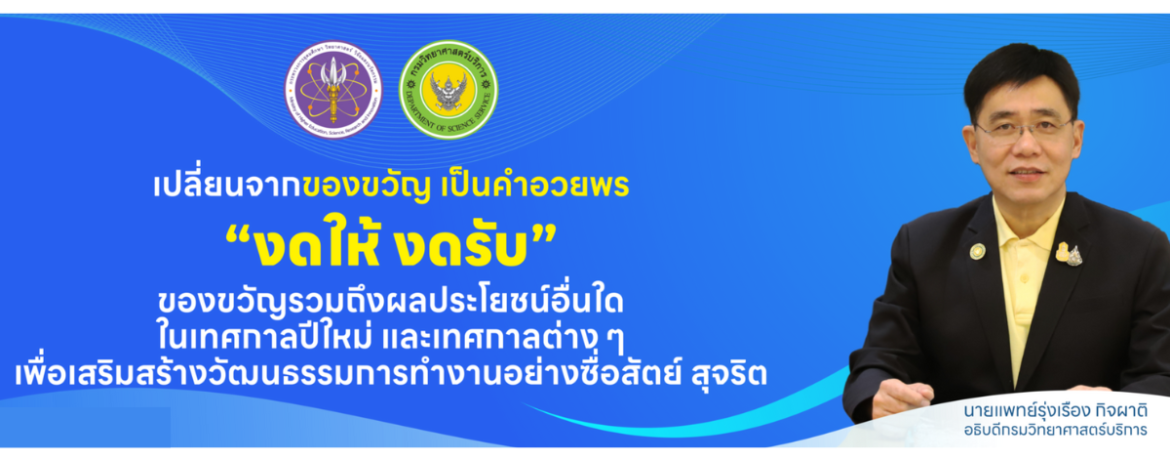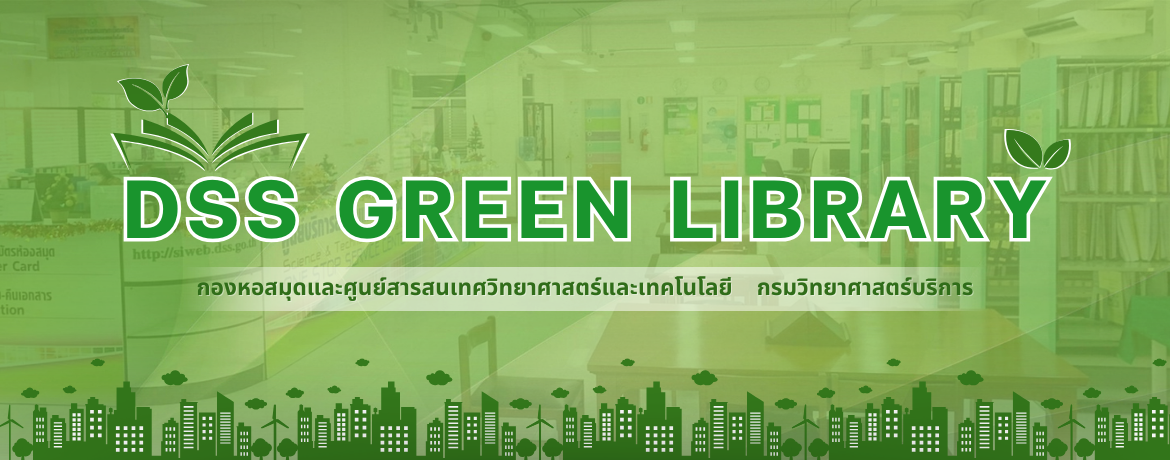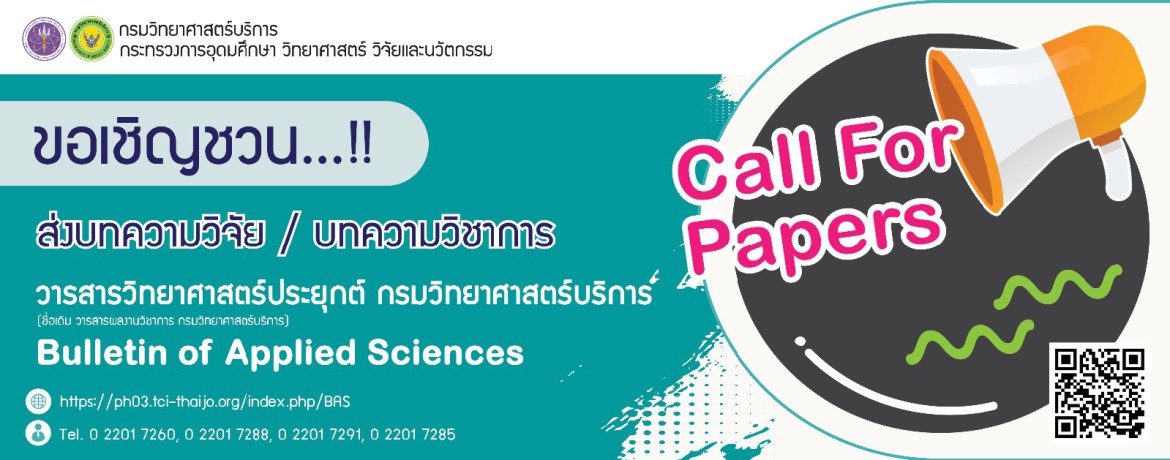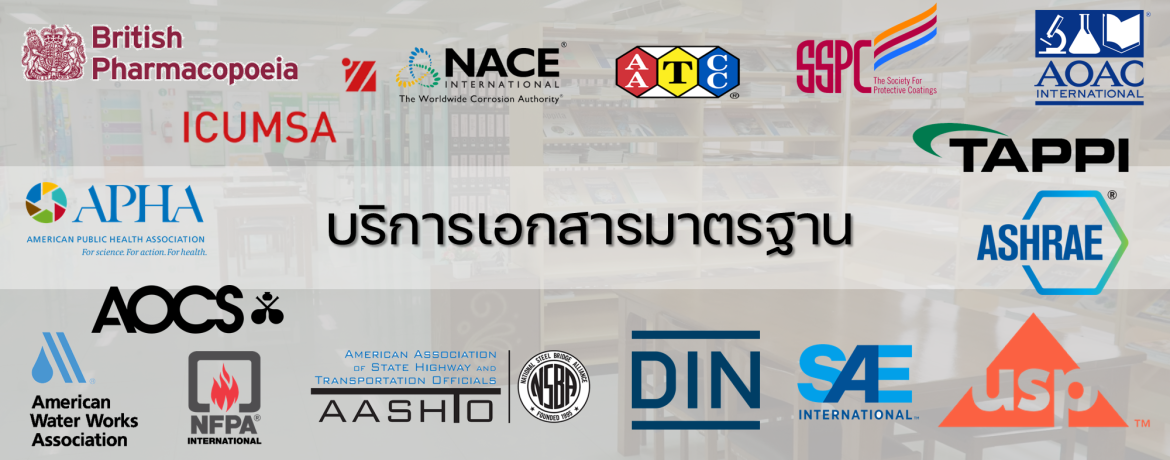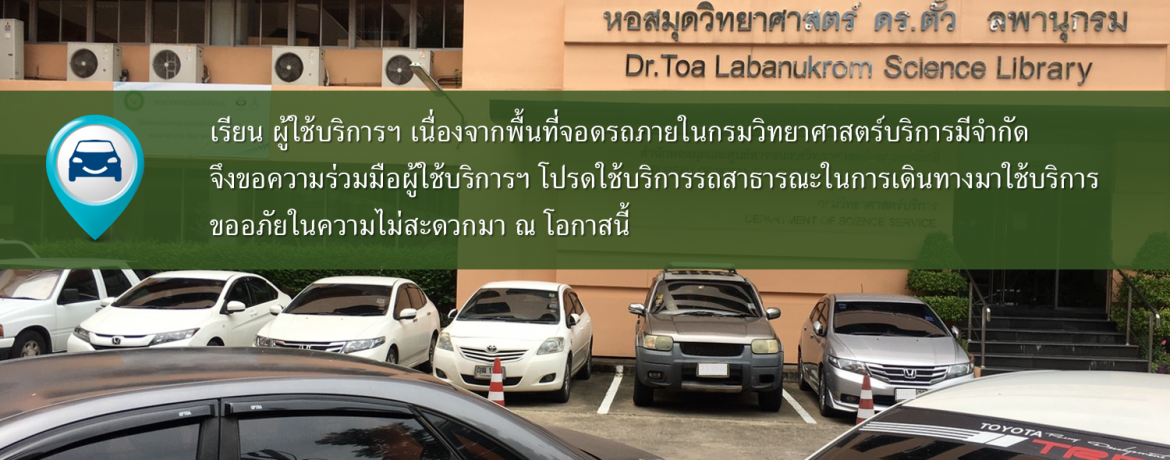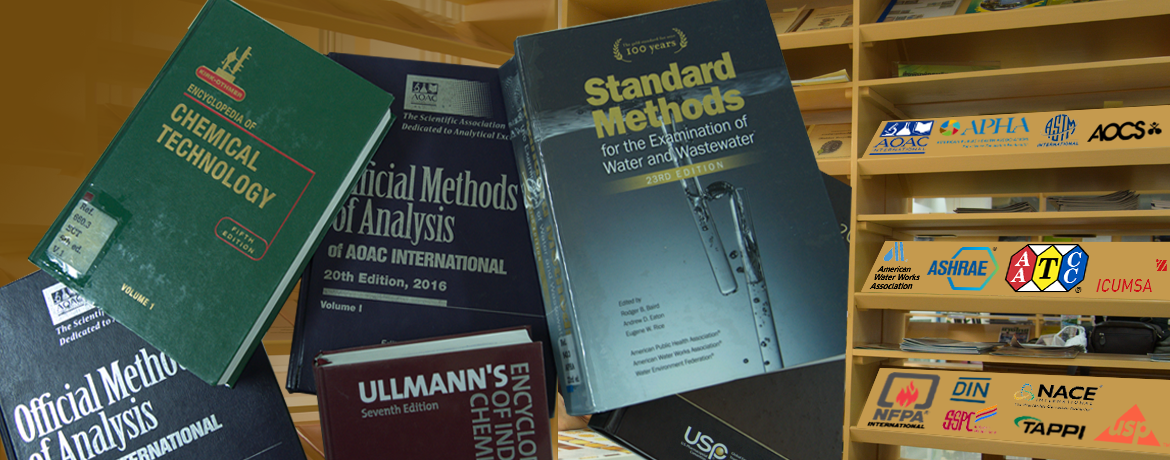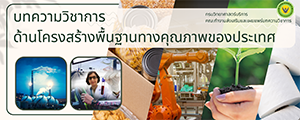บทความเกี่ยวกับสิทธิบัตร
1. Albert Einstein and Ignacy Mościcki’s, Patent Application
เขียนโดย : Zofia Gołąb-Meyer
รายละเอียด : Much was said and written during the 2005 World Year of Physics about Einstein’s work inthe Bern, Switzerland Patent Office (Fig. 1). He took the post (Technical Expert 3rd Class) thereafter completing his studies at the Zurich Poly-technic (later called ETH) in 1900 and unsuc-cessful attempts to obtain a university position. However, little seems to be known of the patentapplications he examined during his five years at the office in Bern. This paper discusses oneof those applications – one that was submittedby a rather remarkable individual. It is well- -known that Einstein’s period in the PatentOffice, in spite of a very turbulent family life, was the most fruitful of his career. Great atten-tion has, of course, been given to Einstein’s papers of 1905 (his Annus Mirabilis), but what was he doing during the hours spent in the office? What sorts of patent applications did he work with?
อ่านฉบับเต็ม
2. International Patenting Trends in Advanced Materials: Ceramics
เขียนโดย : Lawrence M. Rausch
แหล่งข้อมูล : NSF 99-350 June 18, 1999
รายละเอียด : This report is the third in a three-part series that examines America’s technological position vis-à-vis that of five other countries—Japan, Germany, France, the United Kingdom, and South Korea—in technical areas likely to be important to future economic competitiveness. The areas examined are advanced manufacturing, biotechnology, and advanced materials; the indicator used to determine a country's relative strength and interest in these areas is international patent activity. To facilitate patent search and analysis, the three broad areas were each represented by a narrower subfield. This report examines advanced ceramic technologies as a proxy for advanced materials.[1]
อ่านฉบับเต็ม
3. International Patenting Trends in Biotechnology: Genetic Engineering
เขียนโดย : Lawrence M. Rausch
แหล่งข้อมูล : NSF 99-351 June 18, 1999
รายละเอียด : This report is the second in a three-part series that examines America’s technological position vis-à-vis that of five other countries—Japan, Germany, France, the United Kingdom, and South Korea—in high-tech areas likely to be important to future economic competitiveness. The areas examined are advanced manufacturing, biotechnology, and advanced materials. The indicator used to determine a country's relative strength and interest in these areas is international patent activity. To facilitate patent search and analysis, the three broad areas are each represented by a narrower subfield. This report examines genetic engineering technologies as a proxy for biotechnology.[1]
อ่านฉบับเต็ม
4. International Patenting Trends in Manufacturing Technologies: Robots
เขียนโดย : Lawrence M. Rausch
แหล่งข้อมูล : NSF 99-343 April 22, 1999
รายละเอียด : This report is the first in a three-part series that examines America’s technological position vis-à-vis that of five other countries—Japan, Germany, France, the United Kingdom, and South Korea—in high-tech areas likely to be important to future economic competitiveness. The areas examined are advanced manufacturing, biotechnology, and advanced materials; the indicator used to determine a country's relative strength and interest in these areas is international patent activity. To facilitate patent search and analysis, the three broad areas are each represented by a narrower subfield. This report examines robot technologies as a proxy for advanced manufacturing technologies.[1] As used here, robot technology covers program-controlled manipulators—e.g., the manipulator, program control, gripping heads, joints, arm sensors, safety devices, and accessories—and excludes non-program-controlled manipulators, prosthetic devices, and toy robots. .
อ่านฉบับเต็ม
4. TO PROMOTE INNOVATION: THE PROPER BALANCE OF COMPETITION AND PATENT LAW AND POLICY
เขียนโดย : Federal Trade Commission
แหล่งข้อมูล : A Report by the Federal Trade Commission, October 2003
รายละเอียด : Competition and patents stand out among the federal policies that influence innovation. Both competition and patent policy can foster innovation, but each requires a proper balance with the other to do so. Errors or systematic biases in how one policy’s rules are interpreted and applied can harm the other policy’s effectiveness. This report by the Federal Trade Commission (FTC) discusses and makes recommendations for the patent system to maintain a proper balance with competition . law and policy.2 A second joint report, by the FTC and the Antitrust Division of the Department of Justice (DOJ) (forthcoming), will discuss and make recommendations for antitrust to maintain a proper balance with the patent system.
อ่านฉบับเต็ม



